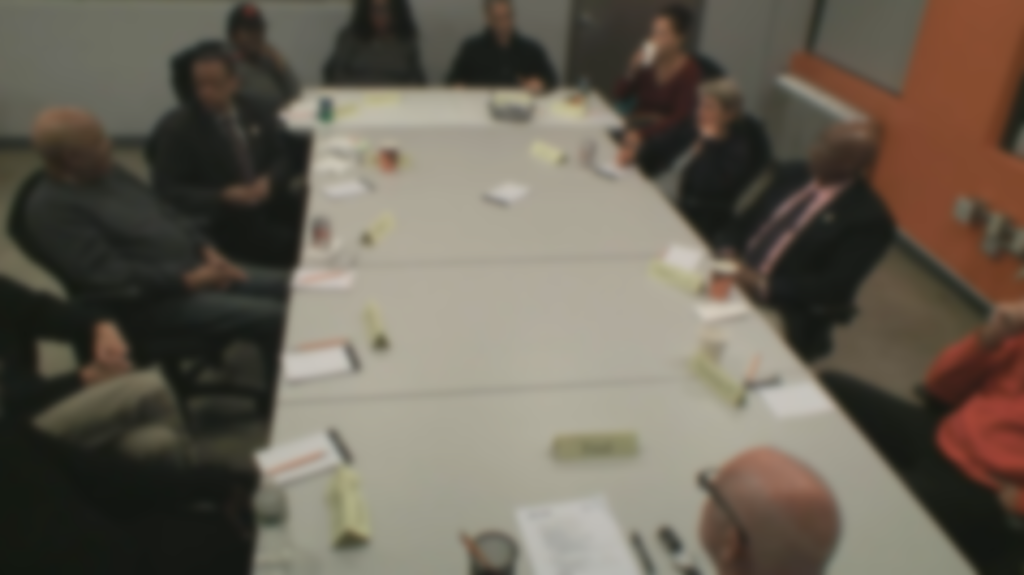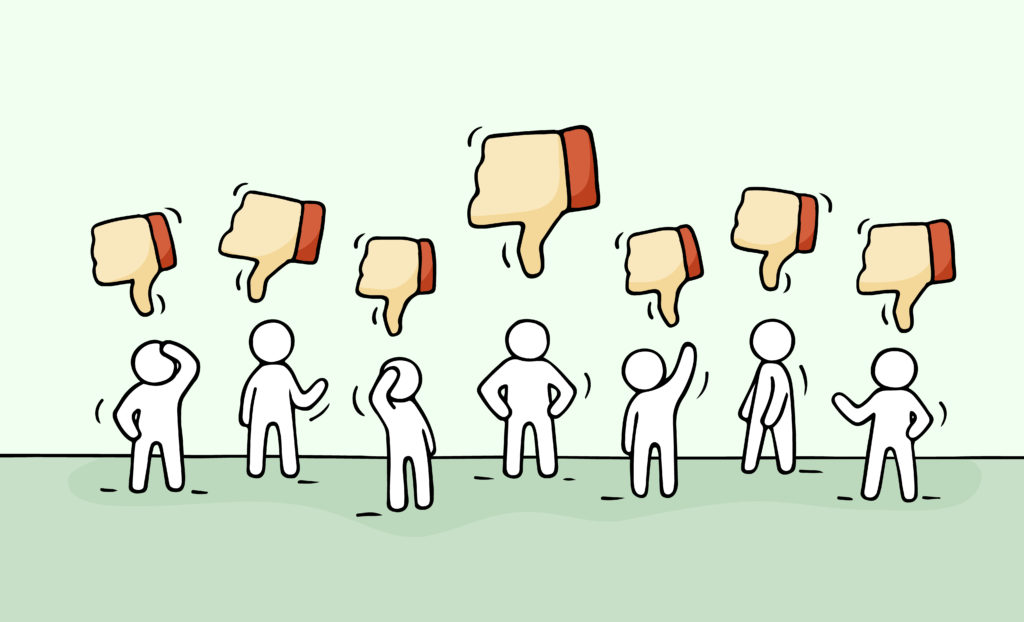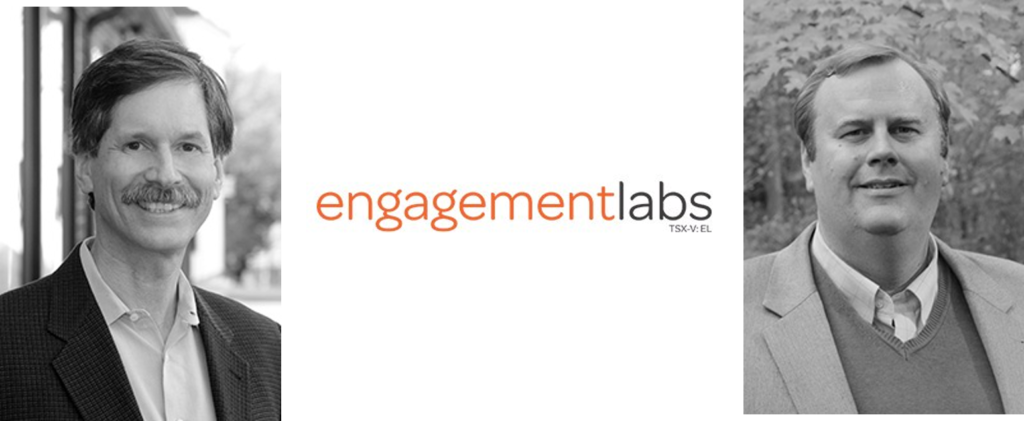
Today’s #TBT post takes a ride back to 2017, and an ode to the focus group. Back then, I was still moderating them in conference rooms, while respondents munched on pizza and M&Ms. Today, they’re on Zoom. And is it turns out, I’ll be virtually leading the discussion for two groups tonight. Zoom, Teams, and the rest have turned out to be a perfectly acceptable way to stare into the hearts and minds of real folks, not to mention they are efficient and cost-effective.
But the bottom line is that habits, values, and media consumption patterns have changed. As you’ll read I could feel that coming five years ago, long before there was a pandemic. And the message still holds up well. You get a particular look at an audience through the social media lens, a tool that many stations continue to rely on heavily, sometimes to their detriment. That lens may be coated with a layer of Vaseline as most people want to show their best selves on Facebook, Instagram, and the others.
The need to hear the voices of the audience has never been more paramount, especially in an environment roiling with change. As this year winds down, it is not too early to start planning for first quarter. How will you take your listeners’ collective temperature in 2023? How will you be sure your programming content is in-sync with changing habits and routines?
And these days, we’re doing more groups among advertisers for commercial radio clients, as well as underwriters and sponsors on the public radio side. In each case, we’re learning volumes about new needs, priorities, and goals. There’s a lot of money on the line, so why not gain a better understanding of how and where it will be spent.
And finally, one more tool: Techsurvey 2023 for commercial radio stations in the U.S. and Canada. Details are coming next week, and we hope to include your stations in this year’s mega-survey of core radio listeners. Watch this space. – FJ
November 2017
We now have more data available to us that at any time in the history of the radio broadcasting industry. And it’s only going to intensify as data collection matures and sources work together to consolidate the metrics we’re often struggling to use. Whether it’s proprietary station research, Nielsen ratings data, Google Analytics, social media numbers, or Shazam data, the diversity of data we have at our fingertips to help guide strategies and decision-making is truly amazing.
And yet, we’re often misusing the information we have. That point was driven home for me in a story by Janet Morrissey in Sunday’s New York Times – “Brands Heed Social Media. They’re Advised Not to Forget Word of Mouth.”
While social media provides spectacular, in-the-moment feedback, a study by Ed Keller and Brad Fay of Engagement Labs suggests that social media can often be a misleading source of information about consumers.
Sort of like basing decisions on feedback we used to hear about from the request lines.
As Fay told The Times, “The danger is you can make some pretty big mistakes if you assume the conversations happening online are also happening offline. Very often, they’re heading in different directions.”
And yet how often do I speak with programmers shaken by social media posts and comment threads they’re reading with horror on Facebook or Twitter?
 In the story, social media is aptly described as a useful early warning channel. But the key to nailing down true beliefs and perceptions boils down to conducting offline research to confirm the trajectory of opinions.
In the story, social media is aptly described as a useful early warning channel. But the key to nailing down true beliefs and perceptions boils down to conducting offline research to confirm the trajectory of opinions.
Morrissey writes that smart companies diversify their feedback by using familiar tools to radio managers and programmers:
Focus groups, in-store surveys, and even face-to-face conversations with listeners at station events.
From the standpoint of our consulting company, I have always recommended focus and/or listener advisory board groups to supplement perceptuals, music tests, and certainly, social media feedback.

I have leaned especially hard on groups to guide the ongoing architecture of our Classic Rock format, as well as Alternative and Active Rock. Staring at spreadsheets is only part of the picture.
The same holds true with our work in public radio, another arena where there’s never a shortage of data. While the metrics have value, I’ve conducted more focus groups (and one-on-one interviews) in the past 18 months for public radio brands trying to get their heads around “The Trump Bump” phenomenon currently driving many stations’ ratings.
I’ve learned things in focus groups you simply can’t glean from data or social media posts. There is something visceral and very human about truly listening to your listeners.
 The fact is, people are more emotional – about everything – than perhaps they’ve ever been. Seeing facial expressions, hearing voice emphasis, and watching group dynamics are all part of the “data collection” process. With all the metrics, feedback, and information pouring into our radio stations, it is essential decision-makers select the optimal mix of data – hard and soft – from which to develop strategies and tactics.
The fact is, people are more emotional – about everything – than perhaps they’ve ever been. Seeing facial expressions, hearing voice emphasis, and watching group dynamics are all part of the “data collection” process. With all the metrics, feedback, and information pouring into our radio stations, it is essential decision-makers select the optimal mix of data – hard and soft – from which to develop strategies and tactics.
As Fay concludes, “It’s not an either/or question; it’s important to look at both (online and offline feedback). Brands need to look at the total picture if they’re going to be successful.”
So stop getting angsty about Facebook, Insta, Snapchat, and TikTok, and start engaging with your audience.
Engagement Labs is still going strong, as Vanessa Lontoc, VP of Marketing and Sales Operations, explained to me. Bill Keller and Brad Fay, however, have moved on. – FJ
- I Read The (Local) News Today, Oh Boy! - April 15, 2025
- Radio, Now What? - April 14, 2025
- The Hazards Of Duke - April 11, 2025





Leave a Reply